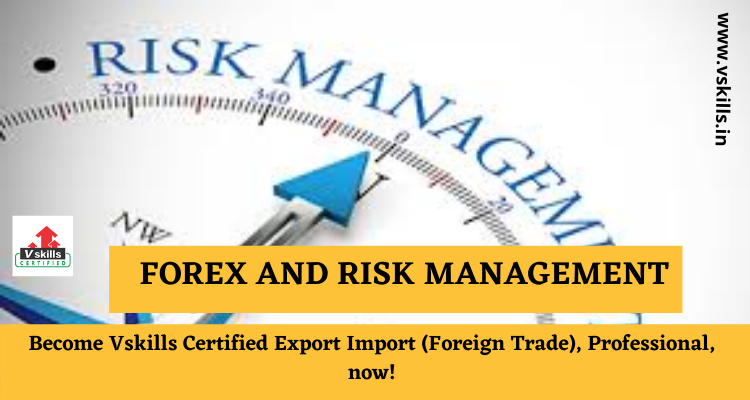Let’s learn about Forex an Risk Management.
Trading is the exchange of goods or services between two or more parties. So if you need gasoline for your car, then you would trade your dollars for gasoline. In the old days, and still in some societies, trading was done by barter, where one commodity was swapped for another.
Forex risk management comprises individual actions that allow traders to protect against the downside of a trade. More risk means higher chance of sizeable returns – but also a greater chance of significant losses. Therefore, being able to manage the levels of risk to minimize loss, while maximizing gains, is a key skill for any trader to have.
How does a trader do this? Risk management can include establishing the correct position size, setting stop losses, and controlling emotions when entering and exiting positions. Implemented well, these measures can prove to be the difference between profitable trading and losing it all.
In summary, to practice solid forex risk management, traders should:
- Work out their attitude to risk, thinking about risk/reward ratio, position size, and percentage of account balance for each trade
- Place stop losses to protect against the market going against their position
- Be wary of leverage and using too much
- Keep a handle on emotions
- Use a journal to make decisions based on existing data rather than personal feelings.
This module covers the following topics:
- What is Foreign Exchange?
- Foreign Exchange as a Financial Market
- Foreign Exchange is an OTC Market (Over The Counter)
- Rates of Exchange
- Primary and Counter Currency
- Market Maker and Market Taker
- Bid/Offer Rate
- Middle Rate
- Cross Rates
- Factors affecting exchange rate fluctuations
- Major Currencies
- Effect of fluctuations in exchange rates: exposure and foreign exchange risk
- Risks of foreign exchange to exporters and importers
- Managing risk



